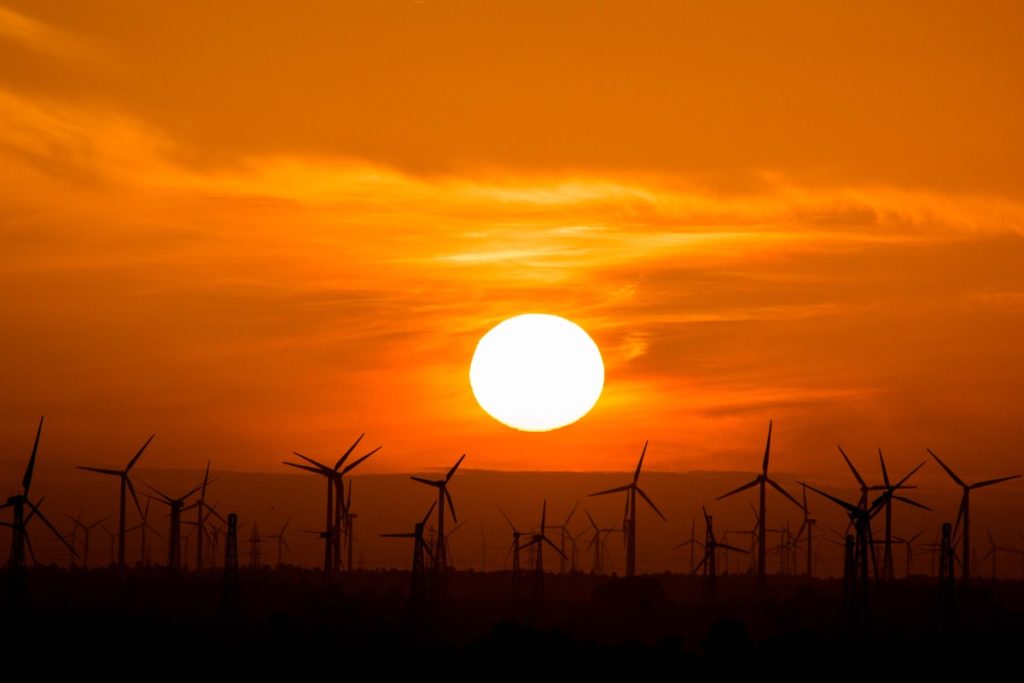Climate change, or global warming, is the long-term alteration of temperature levels in the atmosphere. Earth’s average surface temperature has risen by about 0.8 degrees Celsius since the late 19th century, primarily due to increased emissions of greenhouse gases from human activity. If current trends continue, Earth’s average surface temperature is projected to rise by 2 to 4 degrees Celsius by the end of this century.
The effects of global warming are already being felt around the world. In many regions, temperatures rise faster than they have for centuries, and extreme weather events such as heatwaves, droughts, and floods are becoming more frequent and intense. Climate change is also contributing to rising sea levels, as melting glaciers and thermal expansion of the oceans cause water to take up more space. This poses a severe threat to coastal communities, as well as to small island nations.
Climate change is a global problem that international cooperation can only solve. However, there are many different ways of tackling the issue, and it is vital to find the right approach for each country. One promising solution is direct air capture (DAC) technology.
What is direct air capture technology?
DAC technology is a way of removing carbon dioxide (CO2) from the atmosphere. This can be done by using chemicals or other materials to capture CO2 molecules from the air and store them permanently or by converting CO2 into another form used for fuel or industrial processes.
There are many different types of DAC technology, and they are at various stages of development. Some are already being used on a small scale, while others are still in the early stages of research and development.
How is DAC tech being used?
One main way DAC is being used is from a DAC plant in Iceland. The Icelandic plant captures CO2 from the air and stores it deep underground, where it is prevented from entering the atmosphere. The plant has only been recently in operation and currently captures around 50,000 tonnes of CO2 per year.
Another way DAC tech is being used to fight climate change is by turning captured CO2 into fuels or other products. This is known as ‘utilization.’ One example of this is a power plant in Switzerland that uses DAC technology to capture CO2 from the air and then convert it into methane, used to generate electricity.
The cost behind DAC Tech
The cost of DAC technology has been falling in recent years, and it is expected to continue to do so as the technology matures. However, it is still more expensive than other methods of reducing emissions, such as switching to renewable energy sources or improving energy efficiency.
It is important to remember that the costs of DAC are just one part of the equation. The other part is the benefits. DAC can provide a permanent solution to climate change, but only when done alongside other solutions.
Why direct air capture technology is not enough
While direct air capture technology is a promising solution to climate change, it is not enough on its own. In order to make a significant dent in global emissions, DAC would need to be deployed on a large scale, and this would be very expensive.
It is also important to remember that DAC is just one part of the solution. To effectively tackle climate change, we need to find a way to reduce emissions from all sectors of the economy.
The United States produces billions of CO2, and this means that the world would need to build thousands of DAC for the USA alone. This would be an international effort and would cost trillions. The best solution is to reduce carbon emissions enough for DAC to absorb all the CO2 in the atmosphere. This means we’re going to need to implement other solutions.
Other solutions

There are many other solutions to climate change, and each country will need to find the approach that is right for them. Some of the most promising solutions include:
- Switching to renewable energy sources
- Improving energy efficiency
- Planting trees
- Reducing deforestation
- Encouraging sustainable land management practices
Each of these solutions has its costs and benefits, and it is important to find the right mix of solutions for each country. However, by combining these solutions and DAC, the world can drastically reduce the CO2 found in the atmosphere, which can be the most effective way to prevent climate change. Moreover, policies such as letting companies undergo energy efficiency audits can make sure that the world can avoid the manipulation of huge companies when it comes to their carbon footprint. This transparency can help us create better solutions, and trust will only build a better foundation to help us tackle these problems.
DAC technology is a promising solution to climate change, but it can’t stand independently. We need to reduce emissions from all sectors of the economy to make a significant dent in global emissions.

